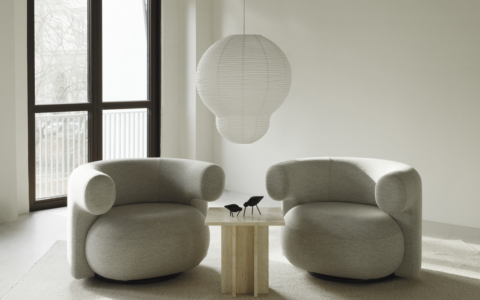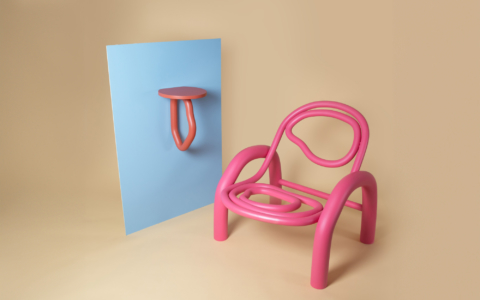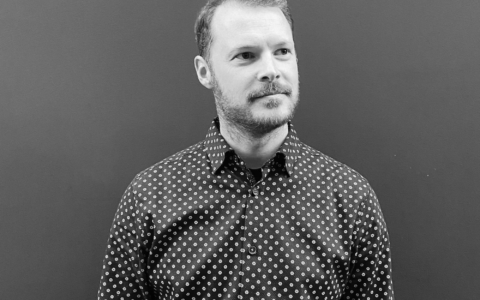Themes from Stockholm Design Week 2024
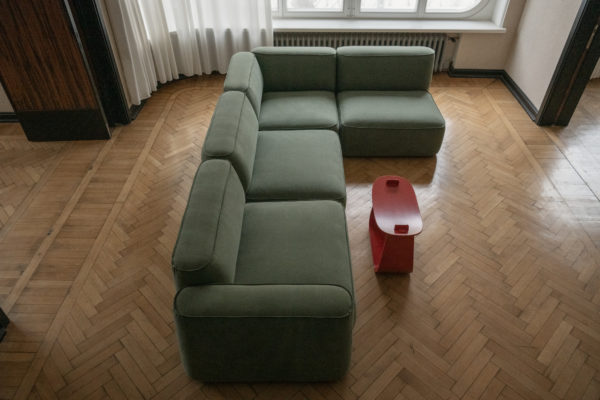
Earlier this month, Sweden’s most prominent design fair made its stance again for 2024. Stockholm Design Week unfolded as an exploration and celebration of Scandinavian design, showcasing a diverse spectrum from well-renowned names to the emerging innovators poised to effect change in the industry. At the heart of the event, Stockholm Furniture Fair played a pivotal role, bringing an impressive line-up of over 200 exhibitors, cutting-edge installations and an engaging talks programme. Read on to discover our observations and highlights from this year's Stockholm Design Week.
Local and responsible sourcing
Many brands highlighted the importance of diverging from conventional wood sources, adopting circular principles in production, and a deeper commitment to local sourcing and manufacturing. There was a noticeable shift in the perceptions around the types of wood used for furniture, with a growing emphasis on sourcing materials from responsibly managed forests, and giving discarded or diseased materials a second life.
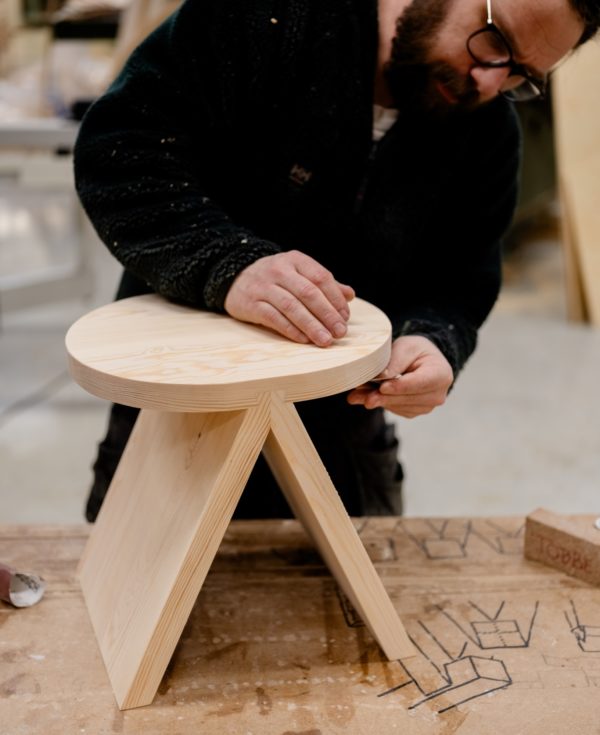
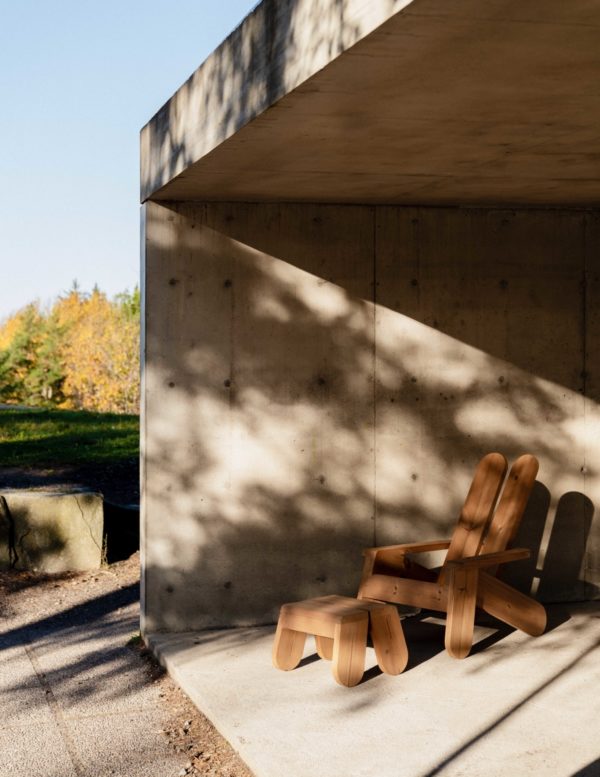
A notable example is the increased adoption of pine, traditionally considered less desirable for furniture. Now, pine is favoured due to its high availability, fast growth, and quick replenishment. Finnish brand Vaarnii works exclusively with pine, and this year revealed new collaborations with Faye Toogood and Ronan Bouroullec. Similarly, Brutwork showcased brutalist furniture with Nordic and Japanese influences, using Swedish core pine as their primary material.
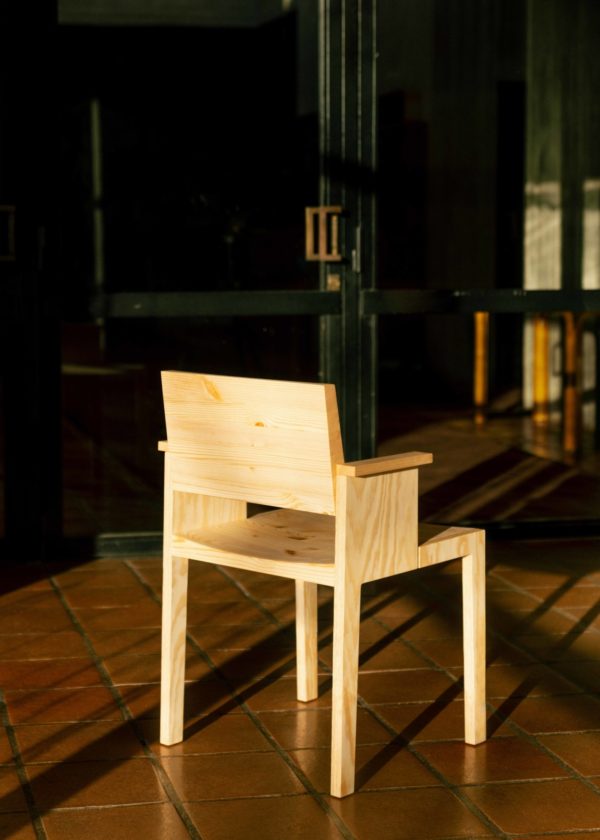
Contem, a Swedish brand launched during the fair, was born from the founders' appreciation for discarded materials. Their stand displayed a new collection made locally from trees infected with Dutch elm disease, which would otherwise have been cut and burned to prevent the spread.
Nadén Studio champions the concept of hyper-locality, where design, material sourcing and furniture production all take place within a one-hour radius. They responsibly source wood from a naturally managed forest, employing selective felling of mature trees and re-using waste materials from production for other onsite processes.
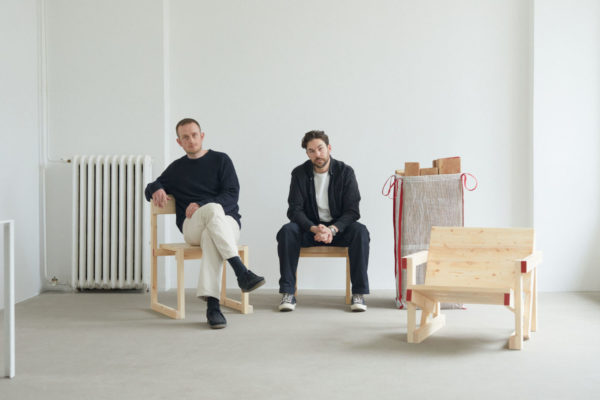
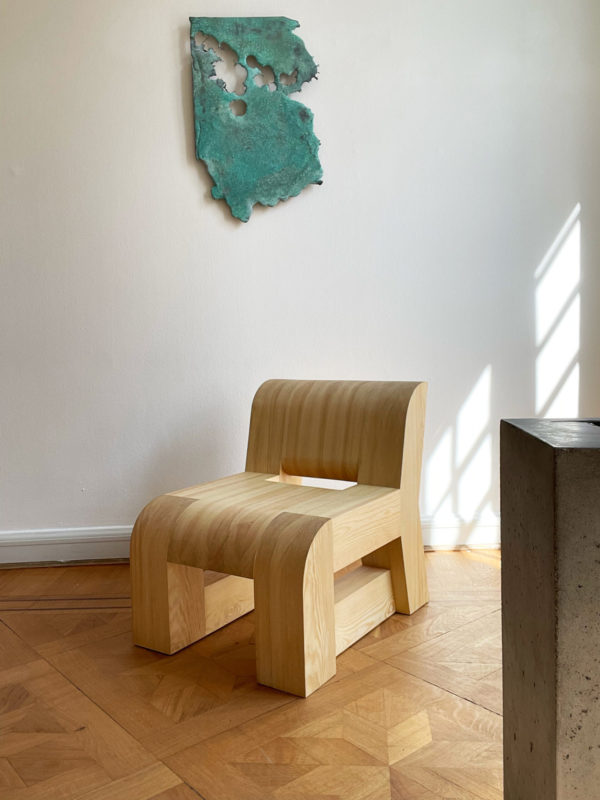
Designing for adaptability
The ever-changing demands of the modern workplace centres profoundly around the need for versatility and flexibility. We saw designers and manufacturers focussing on practicality and simplicity, ultimately designing products that could adapt easily to varied ways of working.
Form Us With Love hosted "Testing Grounds" in their studio, an exhibition fostering conversations on the future workplace. It served as a dynamic testing environment, encouraging visitor interaction and dialogue around the evolving relationship between design and work. As part of the display, the studio introduced four new collaborations. The Nomad Collection designed for Forming Function looks to redefine portable power outlets by fusing functionality and aesthetics. Additionally theSpine chair for Savo takes a modular approach, offering versatile configurations and easy refresh or replacement of components for enhanced adaptability and durability.
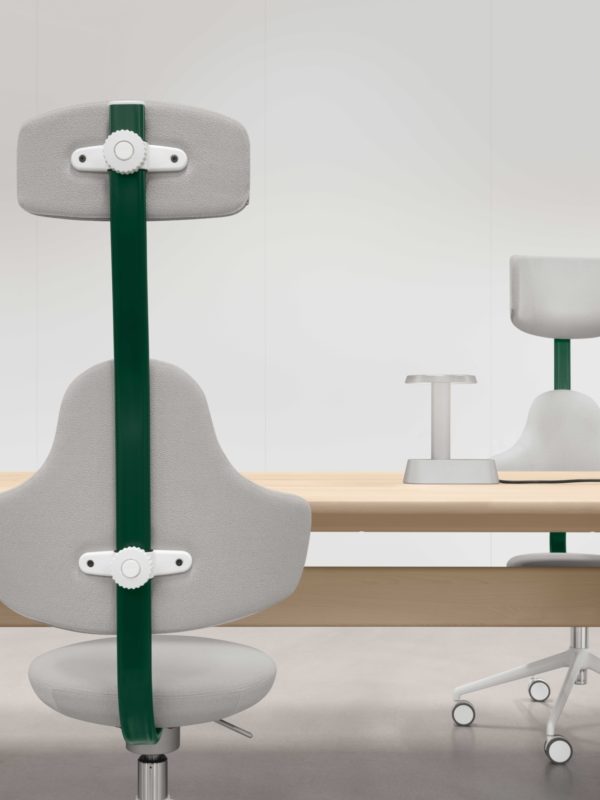
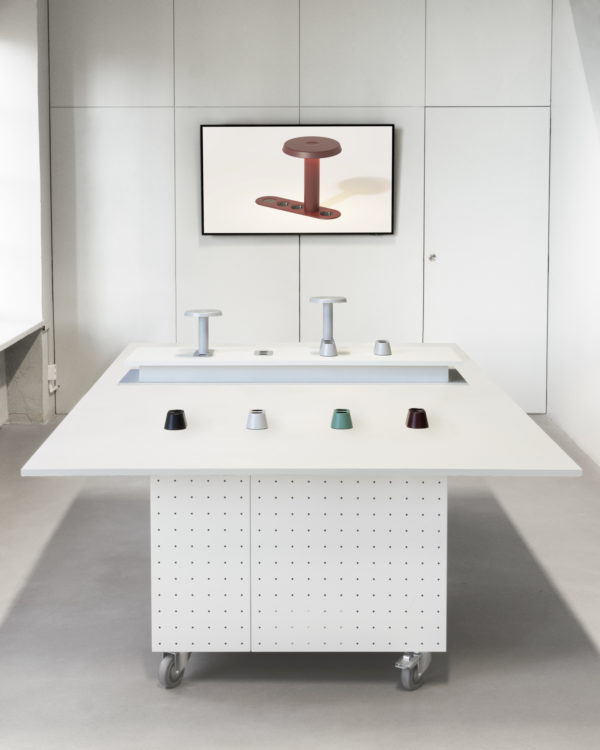
In collaboration with designers Stefan Borselius and Thomas Bernstrand, Blå Station unveiled the Veva Table. It is a simple, height adjustable table operated by a manual crank handle suitable for a vast range of spaces.
The Boomerang range by Ragnars has a tiltable tabletop to optimise space, wheels for moveability, is height-adjustable, and can also be fitted with a whiteboard.
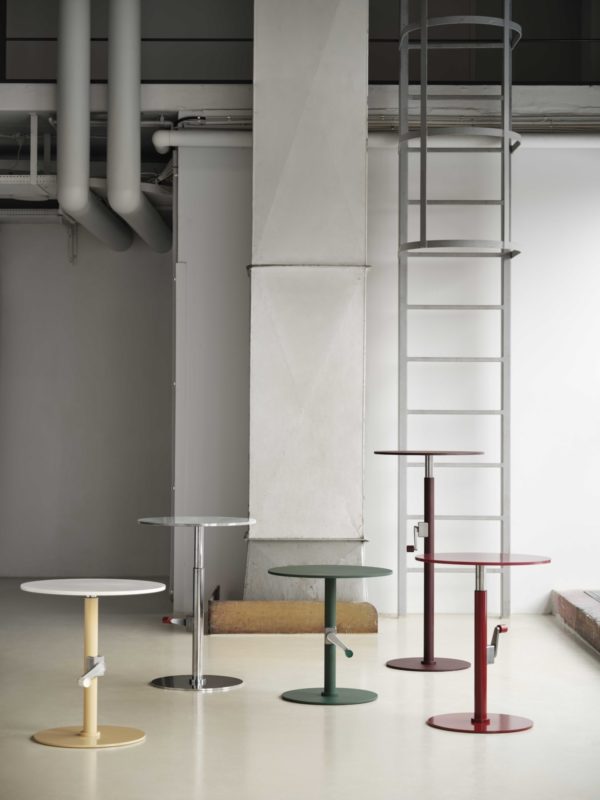

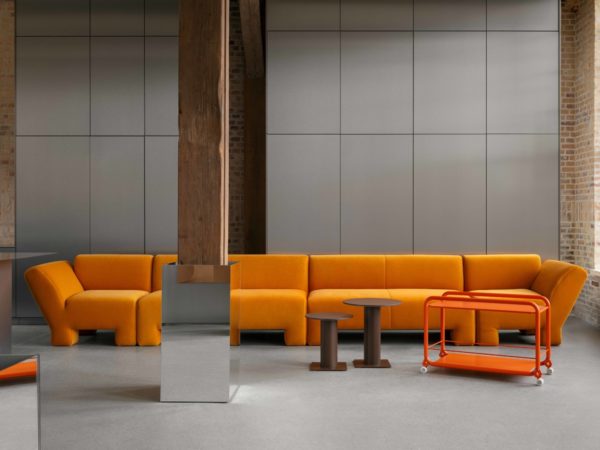
Considered material and production choices
Materials significantly influence a product's overall sustainability performance. During SDW, many exhibitors showcased their adoption of recycled materials or those that have lower environmental impacts, innovative production methods and a deeper commitment to circular design principles.
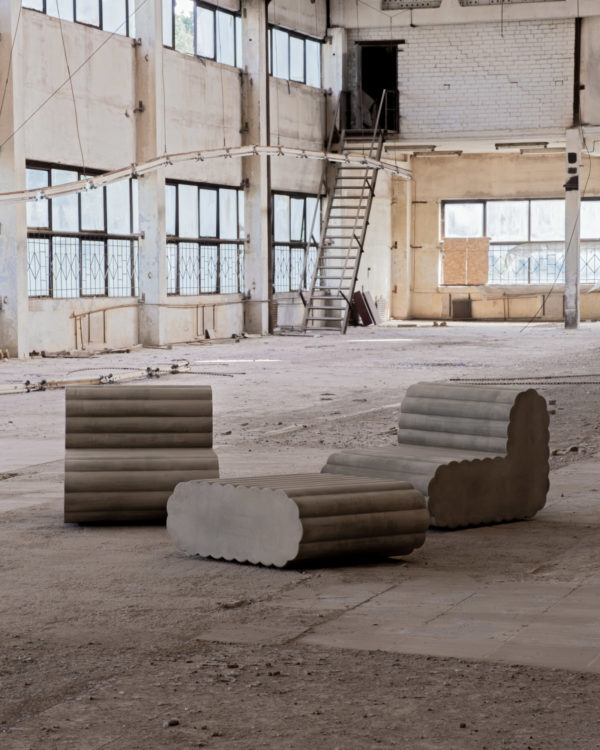
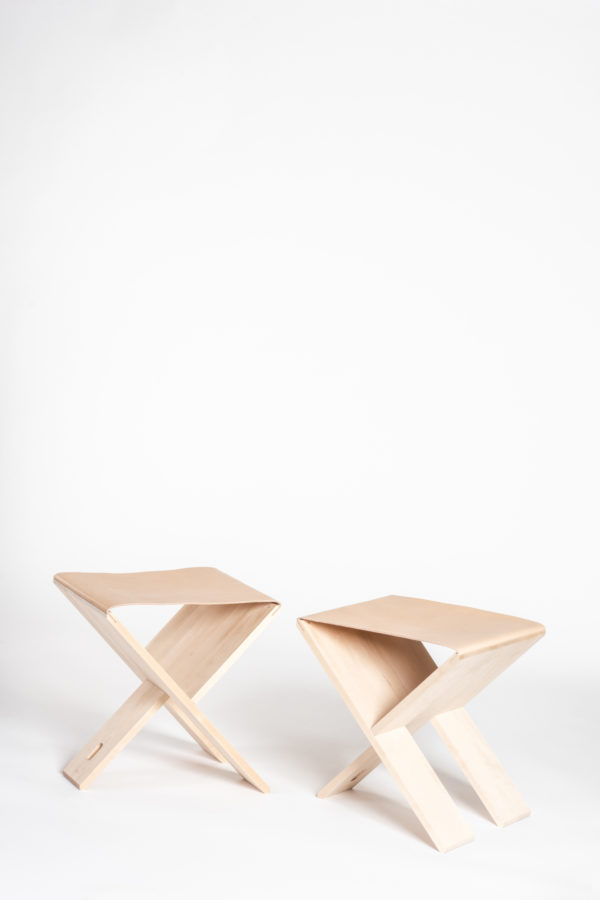
Verk exclusively employs materials and manufactures entirely within Sweden, even down to using Swedish steel screws in their products. Launched during the week, the Stool V.SS.01 is a prime example of Verk's commitment to sustainability. Made from Swedish oak or birch and vegetable-tanned leather, and also available treated with linseed oil, it showcases their dedication to responsible practices without sacrificing design quality.
Based in Lithuania, Herleven are a small team with a big vision of using waste materials in design, with a keen focus on durability and aesthetics. At the fair, they displayed materials and furniture created out of concrete, leather, jeans, and wine corks, highlighting the importance of circular design principles.
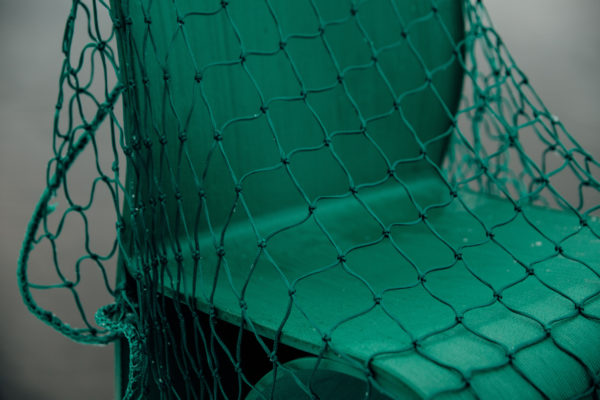
In their Vasastan studio, Interesting Times Gang, took us on a tour of their designs which look to use technology and new production methods to improve circularity in design. A notable example was the Kelp Collection, a series of 3D printed furniture made from recycled fishing nets. The material is completely recyclable, allowing them to be ground down and transformed into new bio-materials for repeated use.
Massproductions advances production with their new modular sofa system, Patch, designed by Chris Martin. The design replaces large volumes of foam by incorporating pocket springs from the bedding industry, reducing the reliance on the carbon-intensive material.
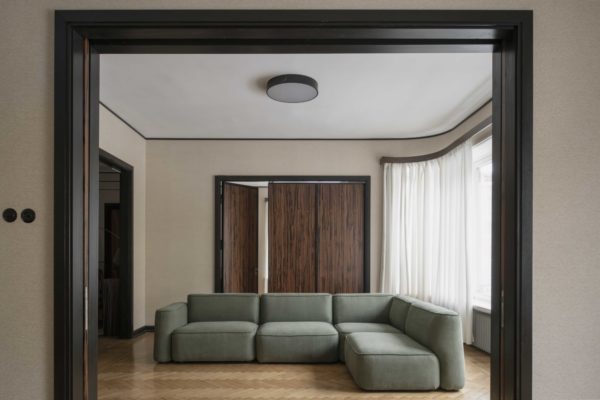
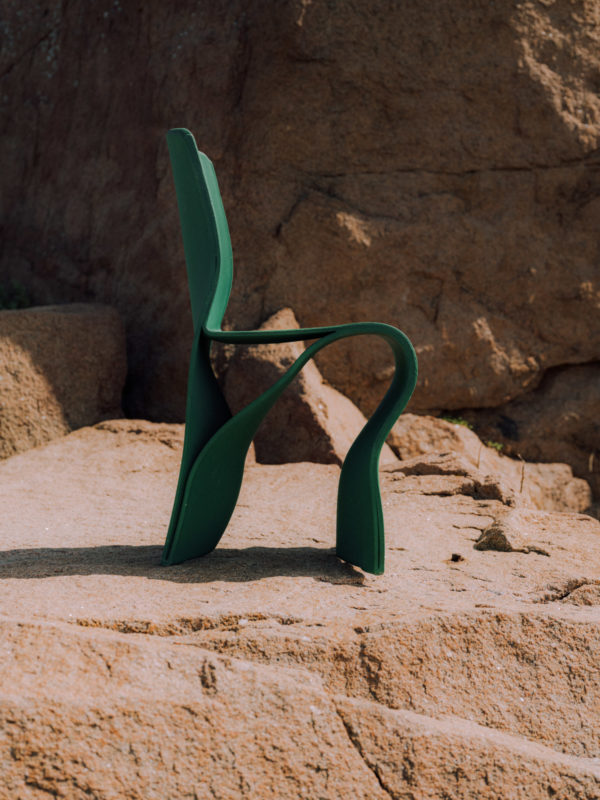
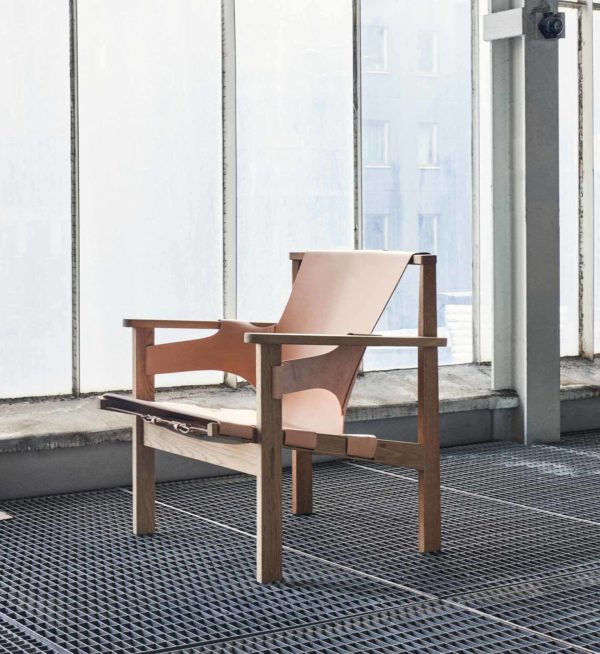
We hope you enjoyed our observations and product picks from this years' Stockholm Design Week, for more information, please get in touch via our contact page.
TFP Journal
See moreNeoCon 2023 Highlights
06.07.23
The TFP US team recaps highlights from NeoCon 2023.
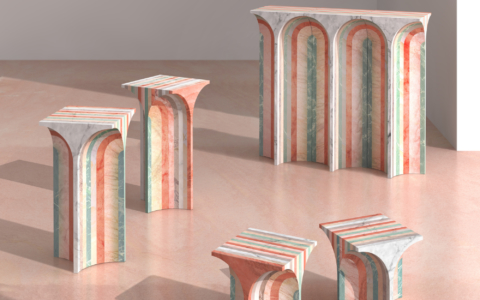
TFP Report: Milan 2023 Edition
01.06.23
Discover our highlights, key themes and product picks from the 2023 Milan Furniture Fair.
Explore More

Insights and Impact from SHIFT25
17.04.25
Explore the insights and impact from SHIFT 25 – TFP's Supplier ESG Day.
